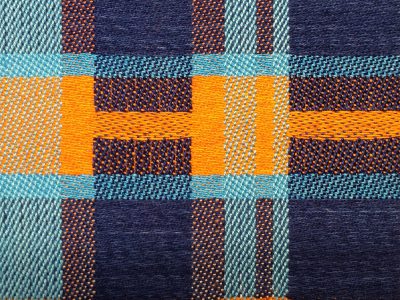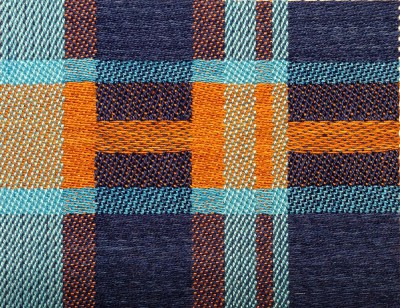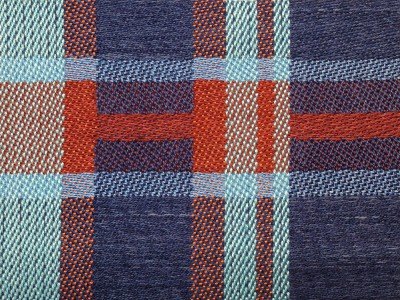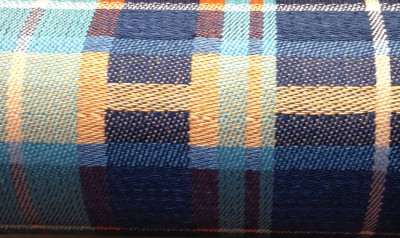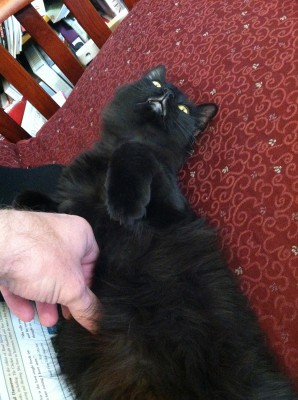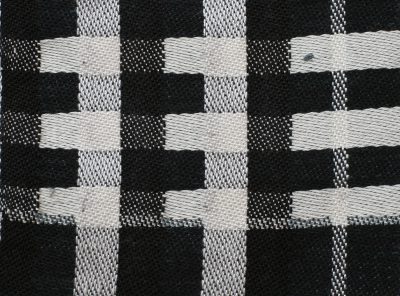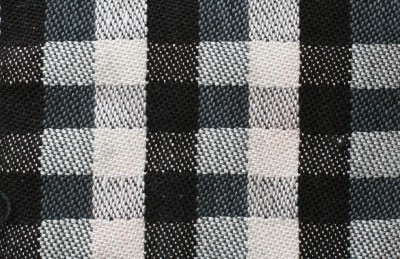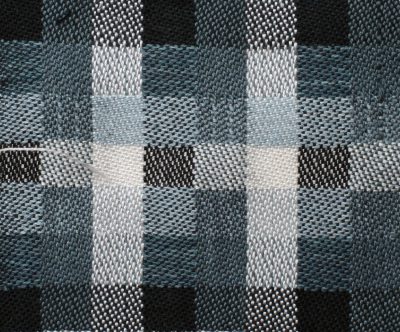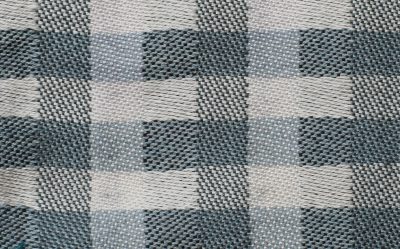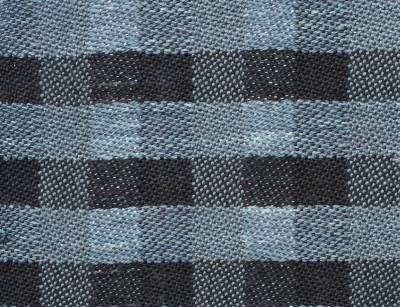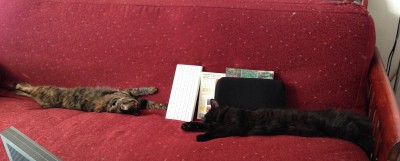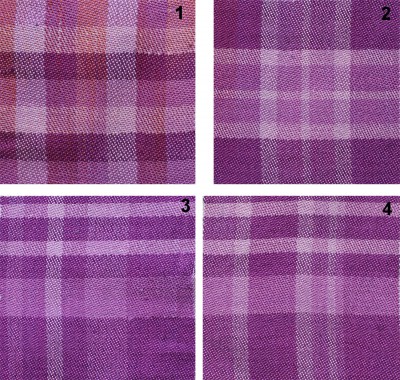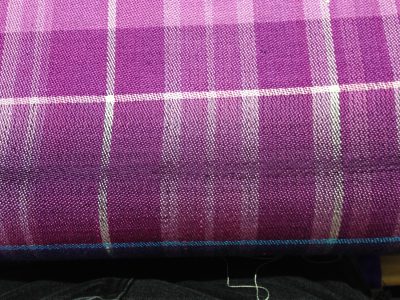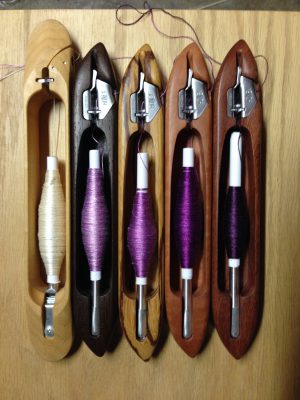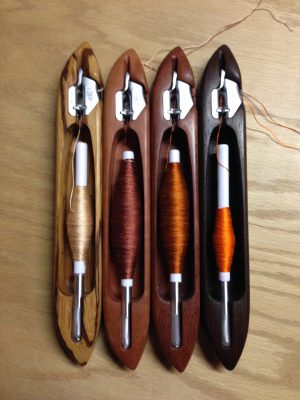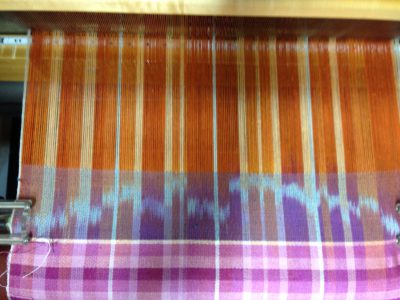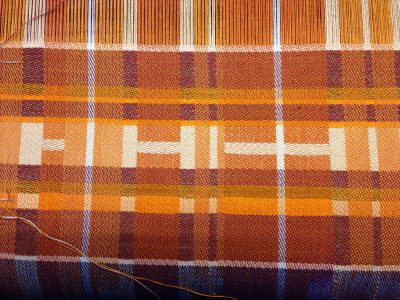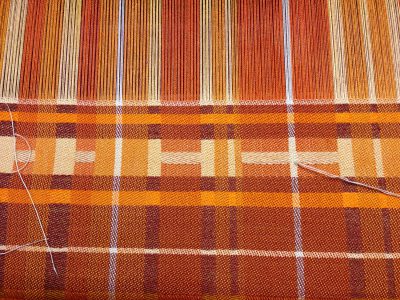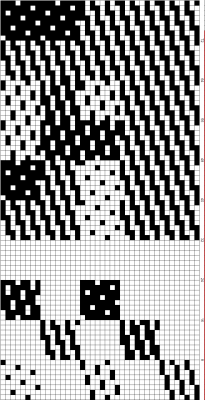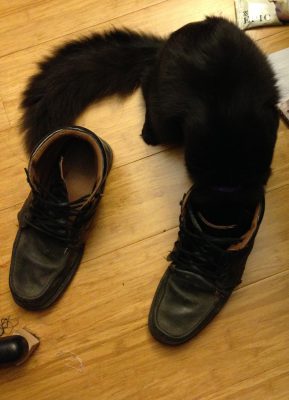101 days ago, I was a couch potato. Today?
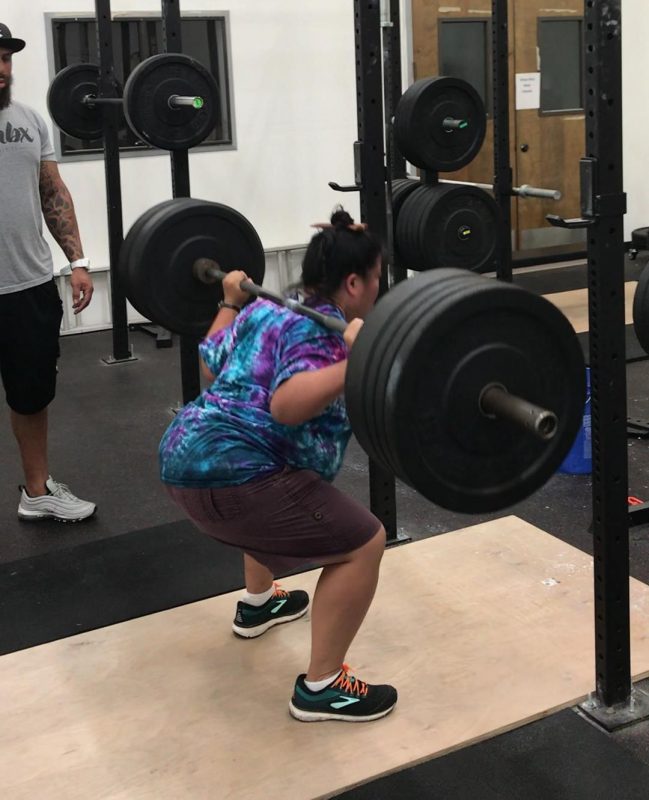
That’s me squatting 780 weasels (195 pounds) – more than my body weight!
And here’s me at 99 days, deadlifting 700 weasels (175 pounds):
That kind of improvement exceeds my wildest expectations – in fact, it sounds like something you hear about in an ad on late-night TV. You know, “I was a 48-year old couch potato…but after 101 days of Weasel-Power! Boot Camp, I was squatting over 780 weasels!” That would totally have me going out and buying their Weasel-Power video series and their “Weasel-Flex” exercise widget! (For the more gently minded, of course, there would also be “Weasel Yoga – Make yourself supple as a weasel!”. Or – for you digital folks – the electronic game with social media leaderboards, “Wea-Fit”.)
But the amazing part (to me) is that I’ve made this massive improvement without a single injury. I’ve had plenty of muscle soreness, and I’ve tweaked my wrist, shoulder, etc. a few times, but no major injuries and no soreness lasting more than a few days. This kind of improvement isn’t my expertise and certainly isn’t luck: it’s having an excellent trainer. Touissant has done a fantastic job of encouraging me to push as hard as I can without going beyond my physical limits (general or from minor injuries), and helping me improve my form so I can lift more efficiently while staying safer.
Just as importantly, working with Touissant has gradually enabled me to trust that I’m not going to hurt myself lifting, which has enabled me to put everything I’ve got into the workout, rather than worrying about whether I’m going to hurt myself this time. I have a long history of overdoing it exercising and then losing months to injuries – now that I can trust him to watch out for me, I don’t have to unconsciously limit myself and can put everything I’ve got into the task at hand.
Another thing that’s made rapid progress possible is that Mike and I are working out together. We get fewer exercises done total, but it’s more fun to be able to work out with a friend and partner, so I’m more comfortable working out and more motivated to show up.
All of which has made me realize how important having a mentor and a peer group is to learning/doing anything new. People have asked me how I learn each new medium with lightning speed. I’ve always said, “Because I focus obsessively on things and I read a lot,” but I’ve also realized it’s because I reflexively seek out mentors and social groups that can answer my questions, encourage me, and keep me from getting frustrated when I tackle my super-over-ambitious projects.
I think this is true for others as well. So the online course I’m developing will offer both direct mentoring (from me, of course) plus a forum where students can interact, encourage each other, discuss the exercises and their current work, etc. Because, especially for people who are nervous about a new topic, having someone to guide, encourage, and support you makes learning much easier (sometimes it’s what makes learning possible at all!), and having a peer group to work with helps you put that learning into practice once class is over.
Speaking of the class…I’ve been pretty quiet about my teaching business for the last few months, mostly because I’ve been hard at work on it! But I’m getting closer to releasing my class. Close enough that I’m comfortable divulging a few details.
The class is going to cover the essentials of color in handweaving. The first part will cover basic color theory: the fundamental properties of color (hue, value, and saturation), how colors interact when interlaced in cloth, and a brief discussion of color mixing.
The second part talks about design: How to set the mood of a handwoven project by controlling drama, energy, and ambiance with color.
And the third part walks you through the design process: Choosing and using a warp color, weft color, and draft to achieve the mood you want.
The class will be offered in two formats. One will be a 1-2 hour streaming video plus handouts. That will (cross fingers) be released in November.
The other class option will be a full online course, with a discussion forum, exercises, feedback from the instructor (me!), etc. I’m planning to open registration in mid to late November, with the first session starting in January.
Here are two slides from the section on the design process:
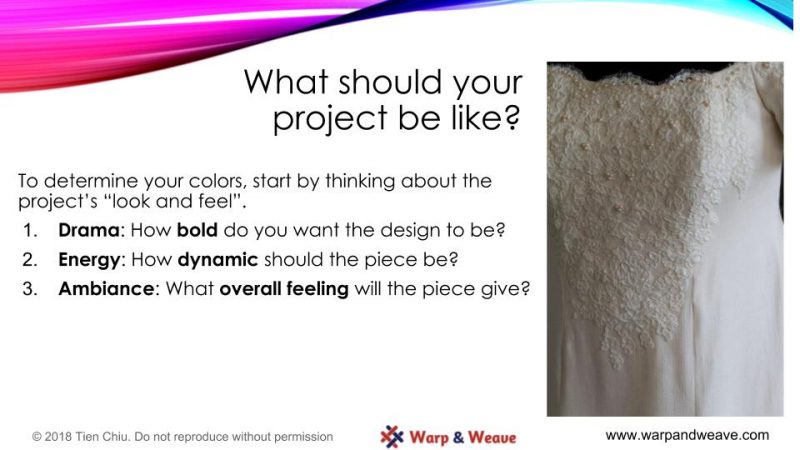
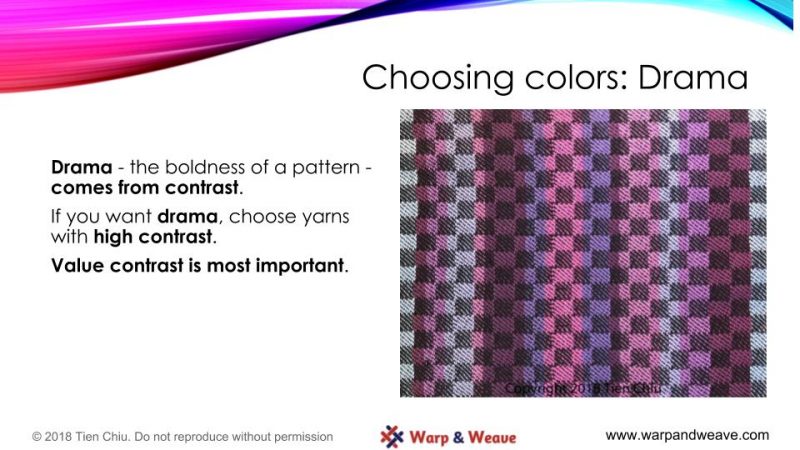
I hope that, once my course is released, my students will be making weaselly fast progress with color!
![By Keven Law (originally posted to Flickr as On the lookout...) [CC BY-SA 2.0 (https://creativecommons.org/licenses/by-sa/2.0)], via Wikimedia Commons](https://tienchiu.com/wp-content/uploads/2018/07/least_weasel-400x342.jpg)
